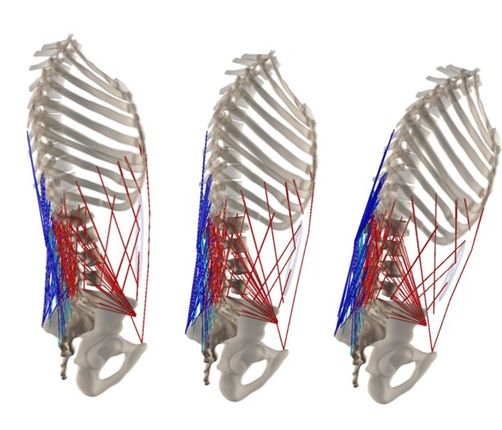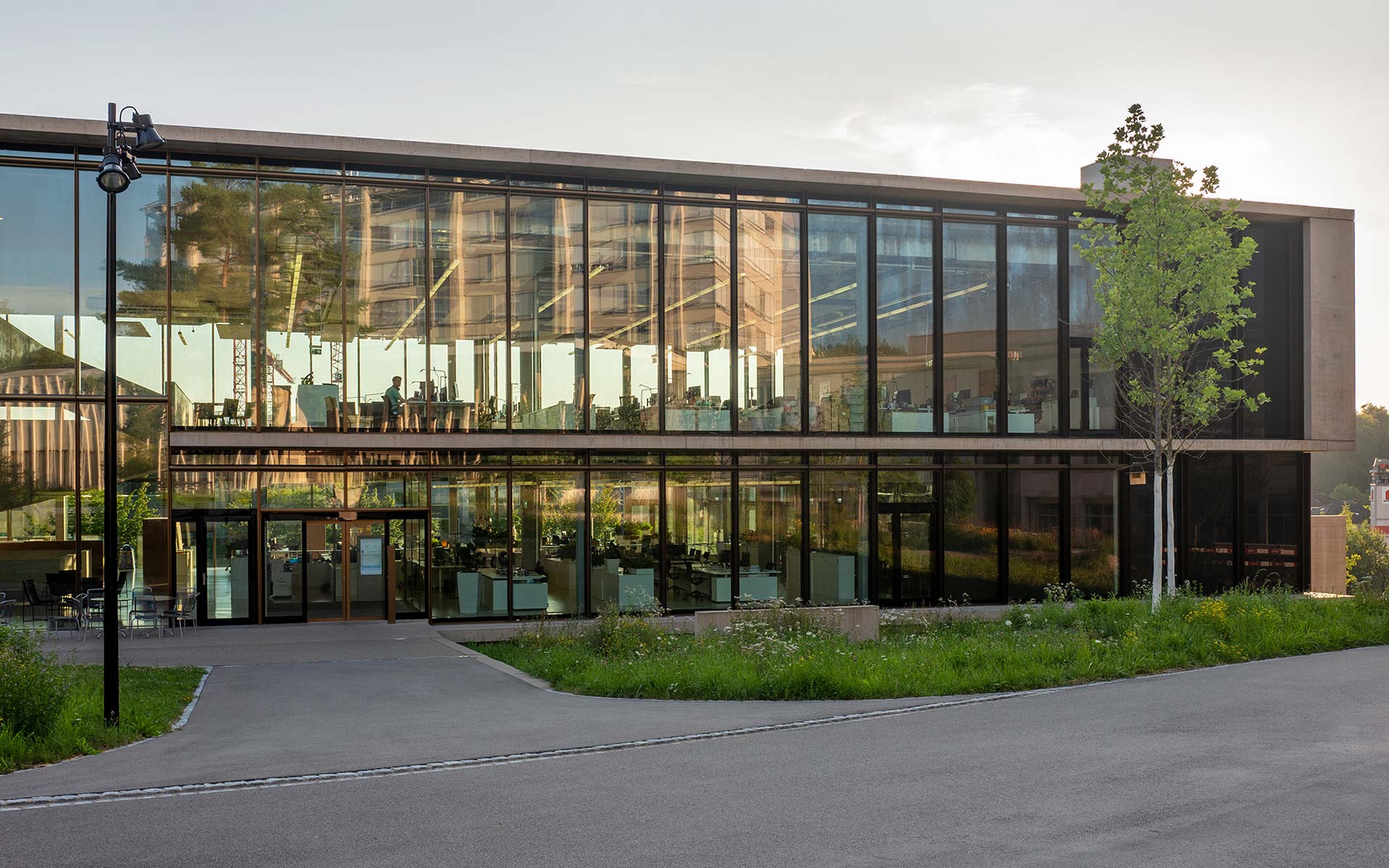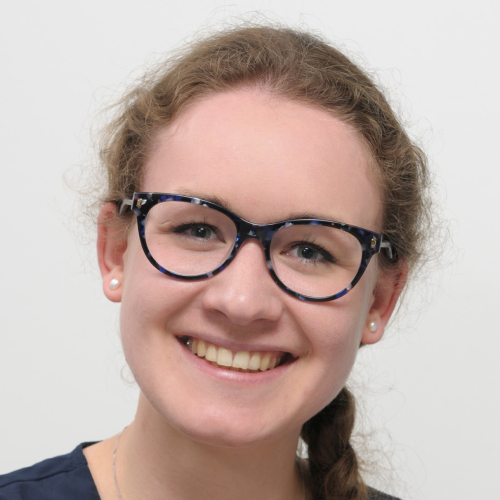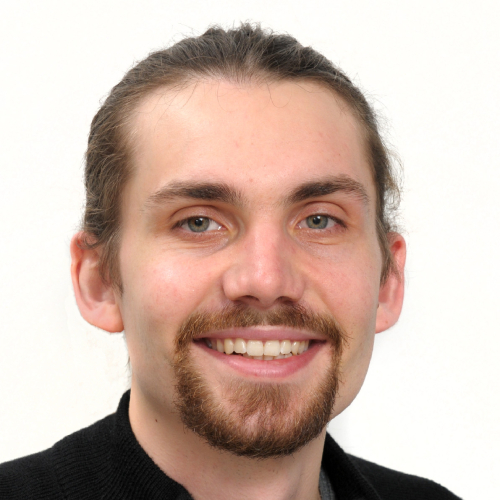Research Projects
The Spine Biomechanics group comprising engineers from ETH Zurich and surgeons from the Balgrist University Hospital. Together they conduct translational research at the interface between fundamental biomechanical research and the development of clinically applicable methods. The interdisciplinary approach guarantees a high level of expertise required to address relevant clinical issues. The group has established a fully equipped spine lab with custom test setups for biomechanical in-vitro experiments that is on par with the worldwide leading biomechanical spine laboratories. This equipment has been used for a multitude of biomechanical studies on human spine cadavers to investigate and characterize human anatomy and tissue properties. The obtained results and insights are translated into patient-specific, biomechanical models that are used to optimize pre-operative surgical planning.
Musculoskeletal modelling in Spine Surgery
This project aims at using multi-rigid body musculoskeletal modelling for meaningful functional analysis of patients afflicted with spine pathologies.
Multi-rigid body musculoskeletal modelling lends itself well for an efficient and integral, yet detailed, analysis of the biomechanical state of the healthy, pathological (adjacent segment disease, spondylolisthesis, scoliosis, etc.) and instrumented human spine during movement (Figure 1). With the use of inverse kinematics and static optimization, joint loads and muscle forces can be computed (Figure 2). It has been shown that properties such as spinopelvic alignment, weight, and height affect the loading at intervertebral joints, highlighting the importance of patient-specific models. Both subject-specificity and automation of model creation are necessary for the successful transfer into an orthopaedic clinical workflow. In addition to valuable direct information about spine loading, the output of a robust musculoskeletal model can be used to further enhance patient-specificity in other modelling modalities by providing valuable boundary conditions. For example, transferring kinematics-dependent muscle forces and joint reaction forces to (subject-specific) FE models allows more physiological loading conditions and therefore a supposedly improved structural analysis through the latter simulation approach.





